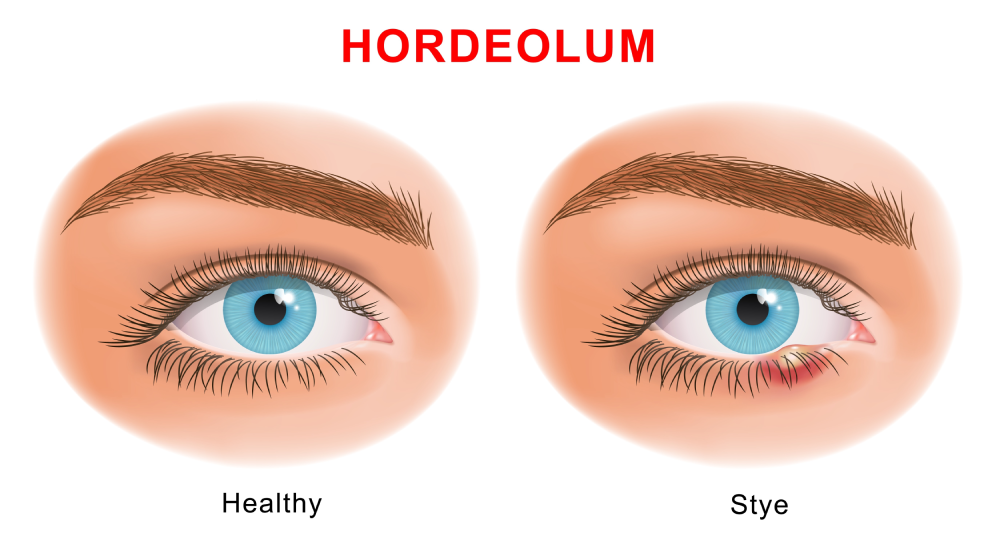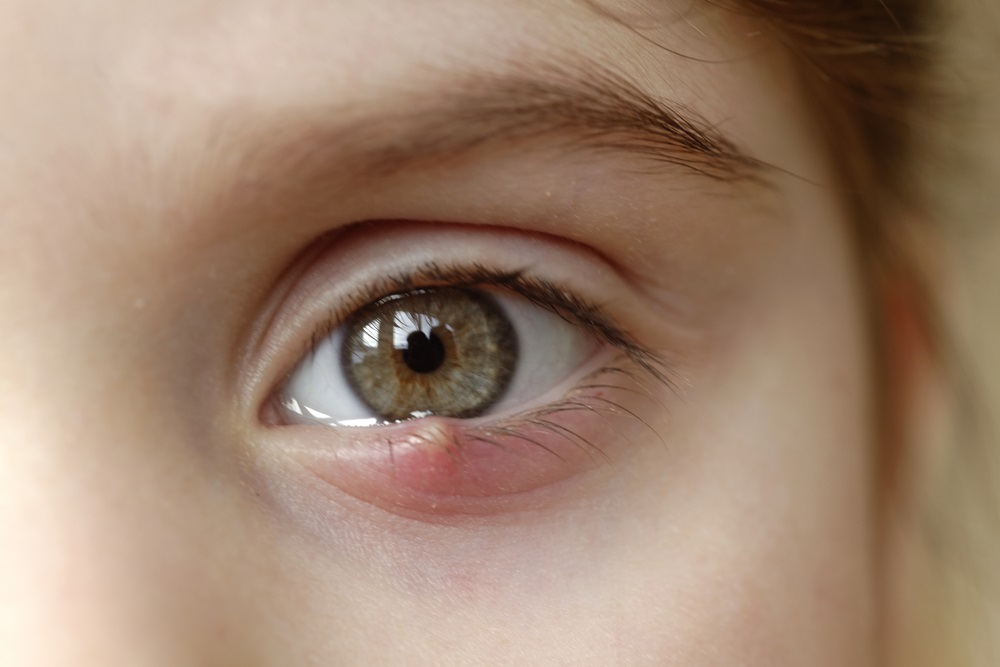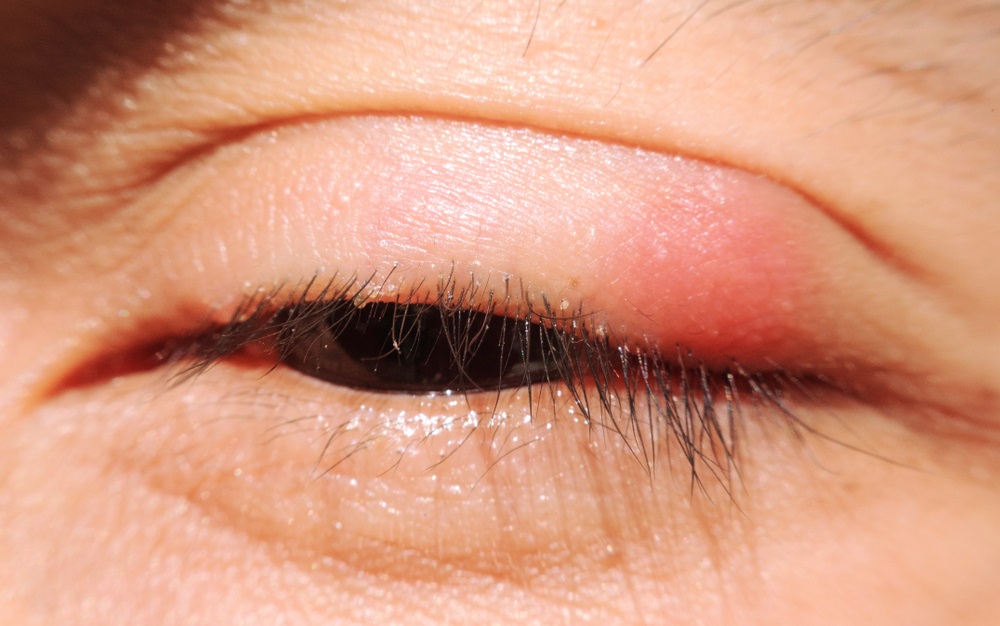Contents
Introduction
This paper will examine the differences between Blepharitis and Stye to help you understand these conditions better. When it comes to eye health, there are various conditions that can cause discomfort and irritation. Two such common conditions are Blepharitis and Stye. While they may share some symptoms, they are distinct eye issues with different causes, treatments, and outcomes. Also, you can find more on Eye Disease Treatment.
Blepharitis
The common eye infection known as blepharitis is characterized by inflammation of the eyelids. It can affect people of all ages and frequently, is a chronic condition that needs constant care. The inflammation occurs at the base of the eyelashes, where tiny oil glands are located. These oil glands produce oils that help lubricate the eyes, but in the case of Blepharitis, they can become clogged, leading to irritation and redness.
Symptoms of Blepharitis
The symptoms of blepharitis can vary, and individuals may experience a combination of the following:
- Red and swollen eyelids
- Itchy or burning sensation in the eyes
- Crusty eyelashes or eyelids
- Watery or dry eyes
- Sensitivity to light
- Gritty feeling in the eyes
Stye
A stye, also known as a hordeolum, is a little sore lump that appears on the eyelid. It occurs when an eyelash follicle or an oil gland becomes infected by bacteria. Styes can be external, appearing at the base of an eyelash, or internal, forming inside the eyelid.

Symptoms of Stye
While usually not serious, the symptoms of a stye can be uncomfortable. Here are common signs to look out for:
- Tender and swollen bump on the eyelid
- Redness around the bump
- Pain and discomfort
- Crusting of the eyelid
- Watery eyes
- Sensitivity to light
Key Differences Between Blepharitis and Stye
Blepharitis and styes are two distinct eye conditions that affect the eyelids, often causing discomfort and irritation. Understanding their key differences is crucial for accurate identification and appropriate management.
Causes
Blepharitis is often caused by an overgrowth of bacteria on the eyelids or by issues with the oil glands, while Styes are primarily caused by bacterial infections in the hair follicles or oil glands of the eyelids.
Location
Blepharitis affects the entire eyelid margin, while a Stye is a localized and painful lump that can appear either externally or internally on the eyelid.
Nature
Blepharitis is usually a chronic and long-term condition that requires consistent management, whereas a Stye is a short-term and acute issue that typically resolves on its own within a week.
Contagiousness
Blepharitis is generally not contagious and does not spread from person to person, whereas a Stye can be contagious if the bacteria from the Stye come into direct contact with another person’s eye.
Treatment
Blepharitis management involves daily eyelid hygiene, warm compresses, and sometimes medications, while Styes may be treated with warm compresses and often resolve without medical intervention.
Blepharitis and Stye Prevention
Preventing blepharitis involves adopting a consistent eyelid hygiene routine. Regularly cleaning the eyelids with a gentle, warm compress and mild cleanser can help prevent the accumulation of bacteria and debris along the eyelid margins. It’s crucial to avoid rubbing the eyes excessively, as this can exacerbate inflammation. For those prone to blepharitis, using preservative-free artificial tears may help maintain proper tear film and reduce dryness. Additionally, individuals with underlying conditions such as seborrheic dermatitis should manage those conditions to minimize the risk of developing blepharitis.

Stye prevention often centers around maintaining good overall eye hygiene. Individuals should refrain from squeezing or attempting to pop a stye, which can lead to further infection. Practicing proper eyelid hygiene, including regular cleansing with warm compresses and mild soap, can help prevent the blockage of oil glands and reduce the likelihood of stye development. Refraining from sharing private goods like towels and makeup can also minimize the risk of bacterial transfer.

For those prone to styes, particularly recurrent ones, an eye care professional may recommend additional preventive measures or treatments tailored to the individual’s specific situation.
FAQ
Are Blepharitis and Stye contagious?
Blepharitis is typically not contagious, but a Stye can be contagious if the bacteria spreads to another person’s eye.
How long does it take for a Stye to heal?
Styes often resolve on their own within a week, but warm compresses can help speed up the healing process.
Can I wear eye makeup if I have Blepharitis?
It’s best to avoid eye makeup when dealing with Blepharitis to prevent further blockage of oil glands.
Can I use over-the-counter remedies for Styes?
While warm compresses can help with Styes, it’s essential to avoid popping or squeezing them, as this may worsen the infection.
Are there any long-term complications of Blepharitis?
If left untreated, Blepharitis can lead to more severe eye problems, so it’s crucial to manage it properly.
Conclusion
In summary, Blepharitis and Stye are two different eye conditions that share some similar symptoms but have distinct causes and treatments. While Blepharitis is a chronic inflammation of the eyelids caused by issues with the oil glands, Styes are painful lumps resulting from bacterial infections in the hair follicles or oil glands. Proper eye hygiene and early care can help prevent and manage both conditions effectively.
Having regular eye exams is vital for people of all ages, but it becomes even more crucial as you get older. Detecting and treating common eye conditions promptly can significantly contribute to safeguarding your eyesight. Contact us today to schedule your appointment.

